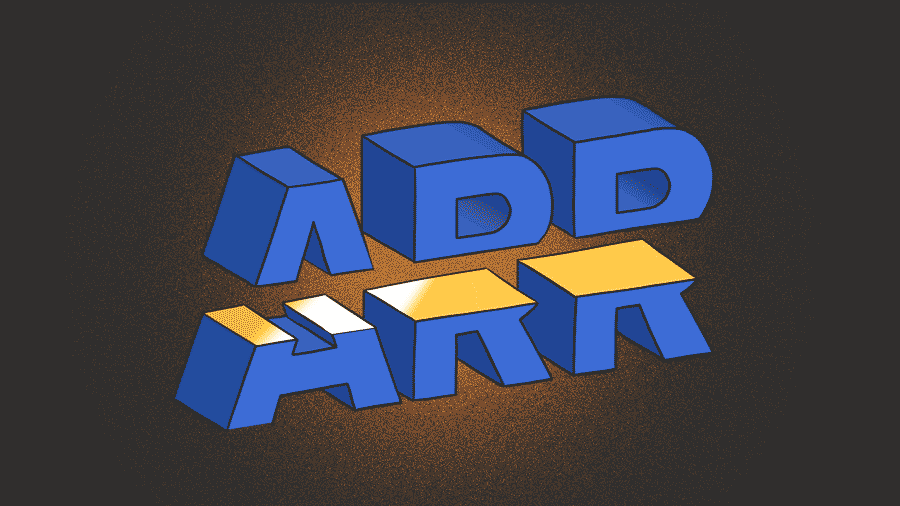Morning Markets: Brief notes from Silicon Valley’s SaaS entmoot, and how one new fund is laying long bets on modern software companies.
Software as a service, better known as SaaS, is a big deal in the technology world today. Hundreds of billions of dollars of company have been built on the back of the model.
Which, unlike the gig economy, may not be morally pernicious. That’s because SaaS has the potential to be a win for both companies selling the stuff and the buying customers. The argument goes like this: Software companies prefer to sell their products as service, as they can charge for it in regular amounts, making their revenue more predictable and more valuable. On the other side of the coin, customers like SaaS because their upfront outlays are smaller, they don’t have to integrate it into their own data centers, and frequent updates should keep new features flowing.
The counterargument is that SaaS products can cost more over time than discrete-sale software products, and the cloud can present thorny security issues. Regardless of what you and I think about the tech market’s move to SaaS, however, it’s happening at a galloping clip.
Let’s Go To San Jose
That fact was personally underscored by my jaunt to the SaaStr conference in San Jose yesterday. When SaaStr was born, or at least the first time that I attended, it was in the lower rooms of The Regency in San Francisco, a concert venue where I’ve seen Trivium, Devin Townsend, Between the Buried and Me, and a few other bands over the years. It felt sales-heavy, small, and more punk rock than polished supergroup.
Now in San Jose, the SaaStr Annual is enormous: a half dozen sessions at a time, people from all over the world, and lots of big-name companies. The growth of SaaStr mirrors the growth of SaaS itself, to a degree. The boom in SaaS as a technology category in terms of revenue scale is discernable in the capitalism rodeo that SaaStr has become.
(To its credit, SaaStr gets high marks for the diversity of its speakers, and general care. In its earlier days, there was lots of alcohol around. As I still had my drinking boots on at the time, it was welcome. This year in the green room there were healthy snacks next to tiramisu and zero booze.)
I’m dragging you through all of that to simply point out that SaaS’s own conference is now big and established and probably here to stay. Very much like SaaS itself.
Early-Stage
On the flip side of the well-known SaaS world, there’s the early-stage market. I wanted to toss a few quick notes about a new fund onto the blog for later reference.
Active Capital (somehow not named Action Capital) is a new $21.5 million fund out of Texas focused on the B2B SaaS world. The fund’s sole investing partner, Pat Matthews, is a former Rackspace executive and early SaaS fan. He started an early software-sold-over-the-Internet company back in 1999 before selling it to Rackspace in the mid-aughts.
What caught my eye about Matthews and his crew is that they are willing to cut pre-seed checks (think $100,000 into a $300,000 round) and seed checks (think $500,000 into a $1 million round) at a time when venture capital is tilting towards late-stage bets. Here’s a recent look at the SaaS venture market, for example:

Seed and angel dollars aren’t exactly blowing up.
But, as we’ve covered here ad nauseam, cloud acolytes are still jazzed about the rise of SaaS as a business category. So, perhaps now is the right time to fund a host of new SaaS shops. It’s always fun to see new funds crop up outside the Valley, especially those that will invest at the pre-seed level. (More on pre-seed here).
And with that, we’ve had enough SaaS for one week. Surely.
Illustration Credit: Li Anne Dias

Stay up to date with recent funding rounds, acquisitions, and more with the Crunchbase Daily.



![Illustration of a map to an Exit. [Dom Guzman]](https://news.crunchbase.com/wp-content/uploads/Exit-map-470x352.jpg)

![Money - Illustration of a giant piggybank with a woman looking at it. [Dom Guzman]](https://news.crunchbase.com/wp-content/uploads/Big_Piggy_Bank-470x352.jpg)
![Illustration of a guy watering plants with a blocked hose - Global [Dom Guzman]](https://news.crunchbase.com/wp-content/uploads/quarterly-global-3-300x168.jpg)
67.1K Followers